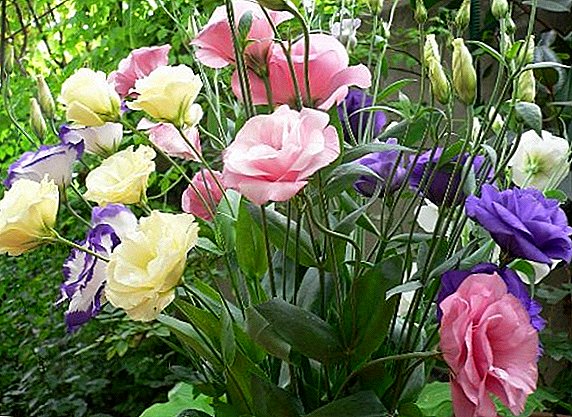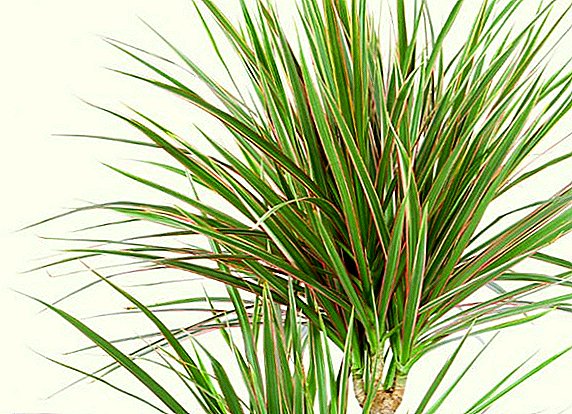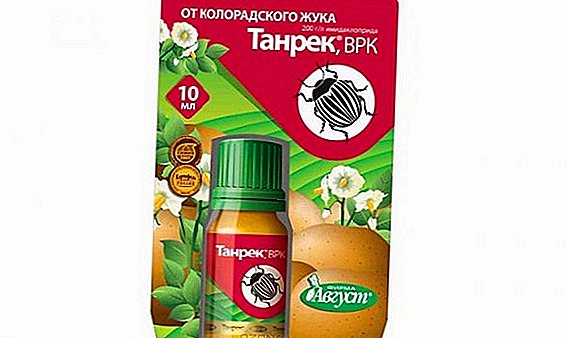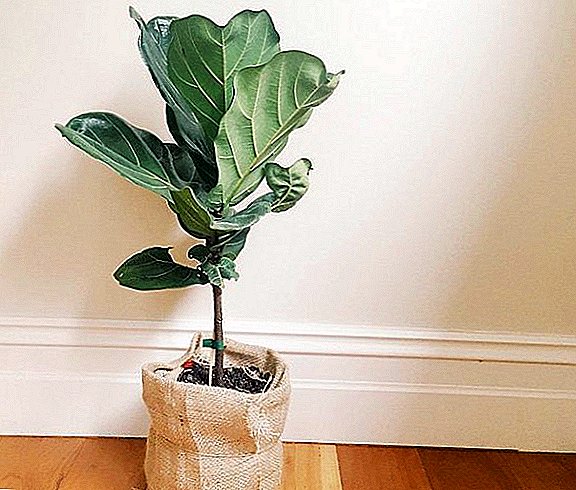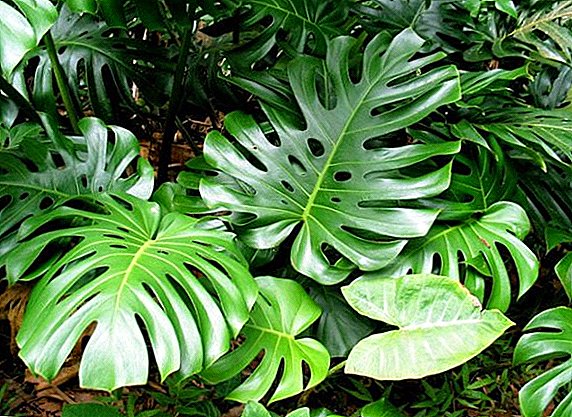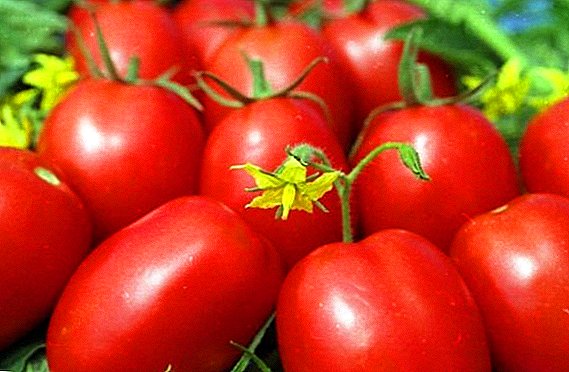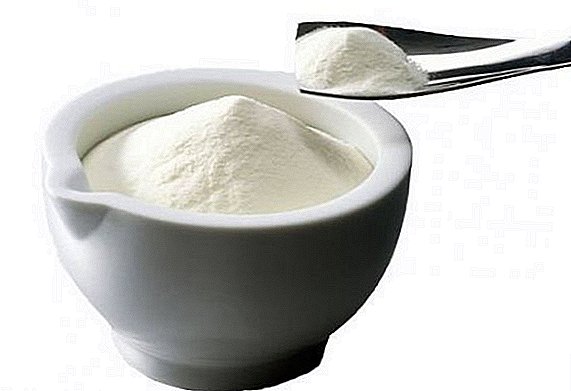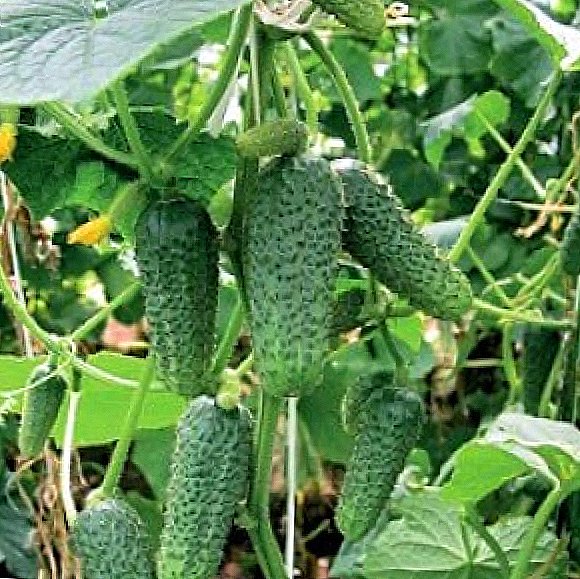
The representative of the pumpkin cucumber family has a rather long history. It began to grow another 6000 years ago.
Homeland of this vegetable, which is scientifically a fruit, is considered to be India. But, despite this, the area of cultivation and exploitation of this product is quite extensive.
Even in ancient times, people from Africa, Greece, the Roman Empire indulged themselves with this vegetable, whose name came from the ancient Greek "aguros", which means "unripe and unripe."
But the Greeks were right, because cucumbers are the only kind of vegetables that people consume unripe.
Today, by the hands of professional agronomists and amateur breeders, an enormous number of cucumber varieties has been developed.
One of the most worthy representatives of this culture is the variety "Herman", which will be discussed.
The variety "Herman" is an early parthenocarpic hybrid, which bears fruit 35 - 40 days after the first shoots of seedlings. This variety surprisingly combines high yields and precocity, which makes Herman variety cucumbers very popular among gardeners.
This variety of cucumber culture was bred by Dutch breeders for any soil (covered and open).
Also interesting to read about the varieties of cucumbers for the Urals
Bushes in this variety are quite powerful, vigorous, with leaves typical for this culture. When garter length shoots can reach 4 - 5 meters, while maintaining the weight of their own fruits! Ovaries are laid in bunches, with good care in each node can form from 6 to 9 fruits. The cucumbers themselves are almost perfect, namely, straight, not wrapped, of regular cylindrical shape, with a lumpy surface.

The flesh and rind of a beautiful dark green color, white tubercles. The length of the fruit reaches 10 - 12 cm, and in weight 70 - 90 g The harvest is very high quality and abundantApproximately 8.5 - 9 kg per 1 square meter of bed.
These cucumbers will look great not only fresh on a plate, but they will not lose their delicious appearance and taste when canning or marinating. In addition, the variety is not affected by viral mosaic, claasosporia, true and downy mildew.
But there is an unwritten rule that "every barrel of honey has its own fly in the ointment." Unfortunately, the variety of cucumbers "Herman" was no exception.
The seedlings of this variety are very weak., she needs special conditions. Sometimes it happens that people sow seeds immediately in a greenhouse or under a film cover in open ground. So with this sort of this can not be done precisely because of the weak survival of plants.
In addition, the bushes of this variety are very poorly experienced temperature fluctuations. Night frosts just kill all the plants, resulting in a harvest you just do not get.
There is a fungal disease that is called rust. This fungus affects not only cucumbers, but it is precisely this culture that can cause irreparable harm. If the weather in summer is cold and wet enough, then the infection is unlikely to be avoided. And if you do not take timely measures, then your bushes will not save even the most powerful chemicals.
In conclusion, it must be said that some gardeners consider this variety to be not very good just because the fruits are not firm enough. But this is a very subjective opinion, because, as you know, "the taste and color ...".
Secrets of growing varieties

Seasoned gardeners recommend growing bushes of this variety from seedlings, so that the plants are guaranteed to take root.
For seeds, a huge role is played by the temperature of the soil in which these seeds are laid. The most suitable time for sowing seeds will be the moment when the soil warms up to 20 - 22 ° С. This time comes around the end of April.
Before sowing home seeds need to be decontaminated by soaking for 30 minutes in a solution of potassium permanganate. If you bought seeds, you do not need to soak them.
Next, the cassettes or boxes for seedlings need to be filled with soil, watered and placed on seeds to a depth of 1.5 - 2 cm. If you cover the container with plastic wrap, the seedlings will rise faster.
Dive seedlings need at the age of 20 - 25 days. When 3 - 4 true leaves appear on the shoots, it is time to transplant the seedlings into the covered ground. This moment should roughly coincide with the end of May. If you grow cucumbers in the open field, the transplantation should be postponed to the beginning of June.
On the unit area can accommodate 3 - 4 seedlings. The landing site should be slightly darkened so that immediately after planting the leaves of young bushes do not get sunburn. It is desirable that corn should grow near the garden of these cucumbers. The general landing pattern is 30x70 cm.
A little bit about the care of "German"

Water cucumbers need warm water on average 1 time in 5 - 6 days. The frequency of irrigation depends on the amount of draft in open ground conditions.
Also an important role is played by temperature. At very high temperatures, moisture from the soil will evaporate faster, so watering will need to be done.
Young plants need to water oftenbut a little (a little less than 1 bucket per sq. meter), adult bushes need watering less often, but the volume should be larger (1 bucket for 1 bush).
It is undesirable that water gets on the leaves or shoots in bright sunlight so that the plants do not get burned. Therefore, replenishing the lack of moisture in the soil is better in the evening.
Loosening of the soil should follow after watering or rain so that no crust forms on the surface of the soil.
Fertilization in the soil plays an important role in the process of growth and development of bushes. The number of feedings can reach up to 5 - 6 for the entire growing season. Lack of minerals in the soil can lead to increased susceptibility of plants to disease, as well as to the deterioration of the quality of the fruit.
These 5 - 6 times should include feeding not only adult bushes, but also seedlings. When the seedlings have just come up, they need to be fertilized with a complex of mineral and organic fertilizers. When the plants enter the active phase of growth, that is, they begin to bear fruit, the plants must need to feed nitrogen and potash fertilizers. The rest of the feeding should be carried out at intervals of at least 3 weeks and as needed.

Despite the resistance of the variety "Herman" to many diseases, infection of the bushes is not excluded. A sign that plants are affected by peronospora is the appearance of yellow spots on the upper side of the leaves. When powdery mildew affects the bushes, but on the leaves white spots are formed, which after a time spread to the entire surface of the leaf plate.
Rust can severely damage the cucumber bushes of this particular variety. A sign of the presence of this disease is the appearance of orange spots on the shoots and leaves of the bush.
Against all currently existing diseases of cucumbers, there are a number of drugs that need to process the plants in order not to lose the crop. These drugs, called fungicides, are designed specifically to fight for plants.
It is enough to follow a few simple rules when growing a variety of cucumbers "Herman" in order to get a bountiful and stable crop, moreover, annually.


